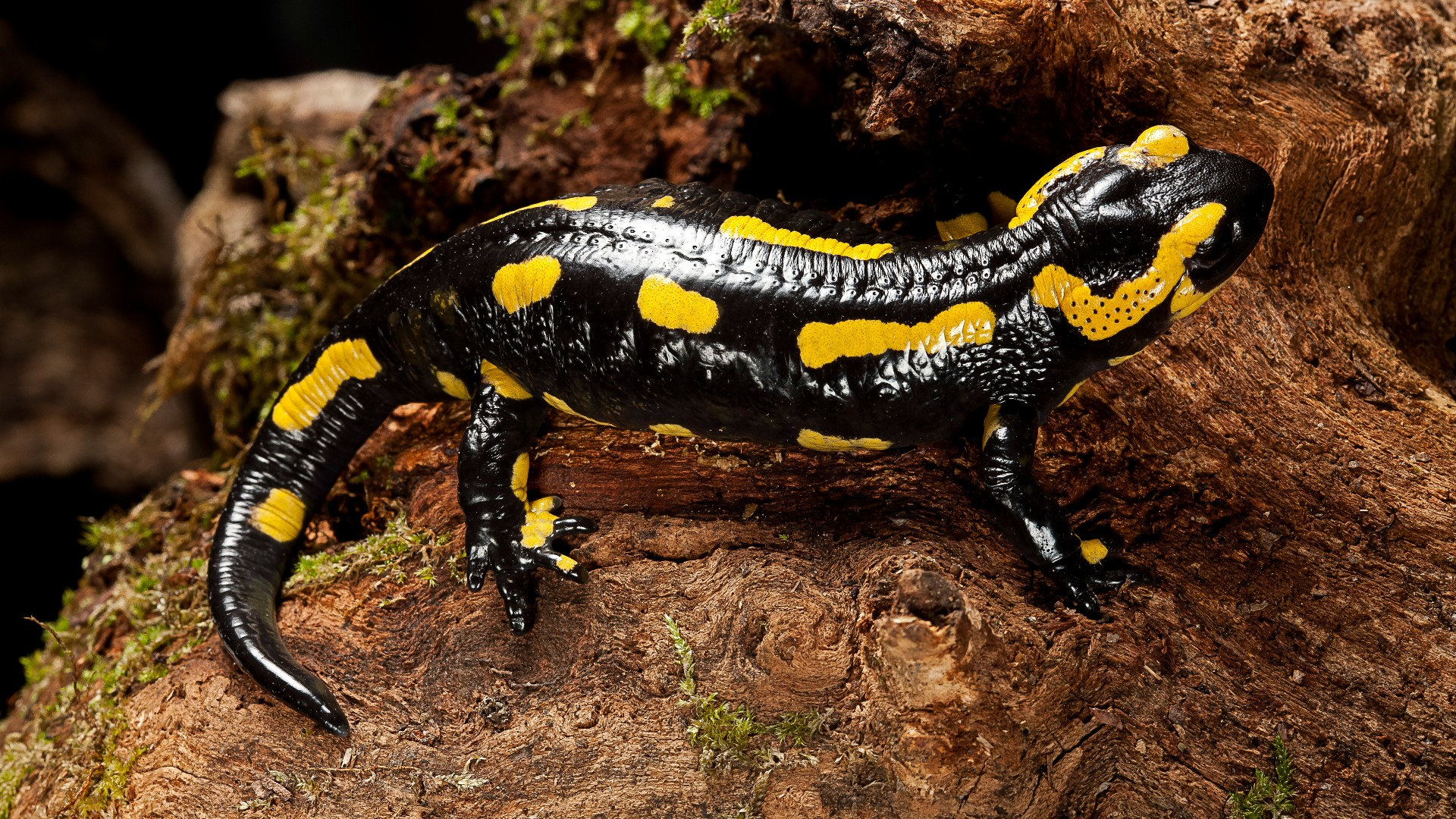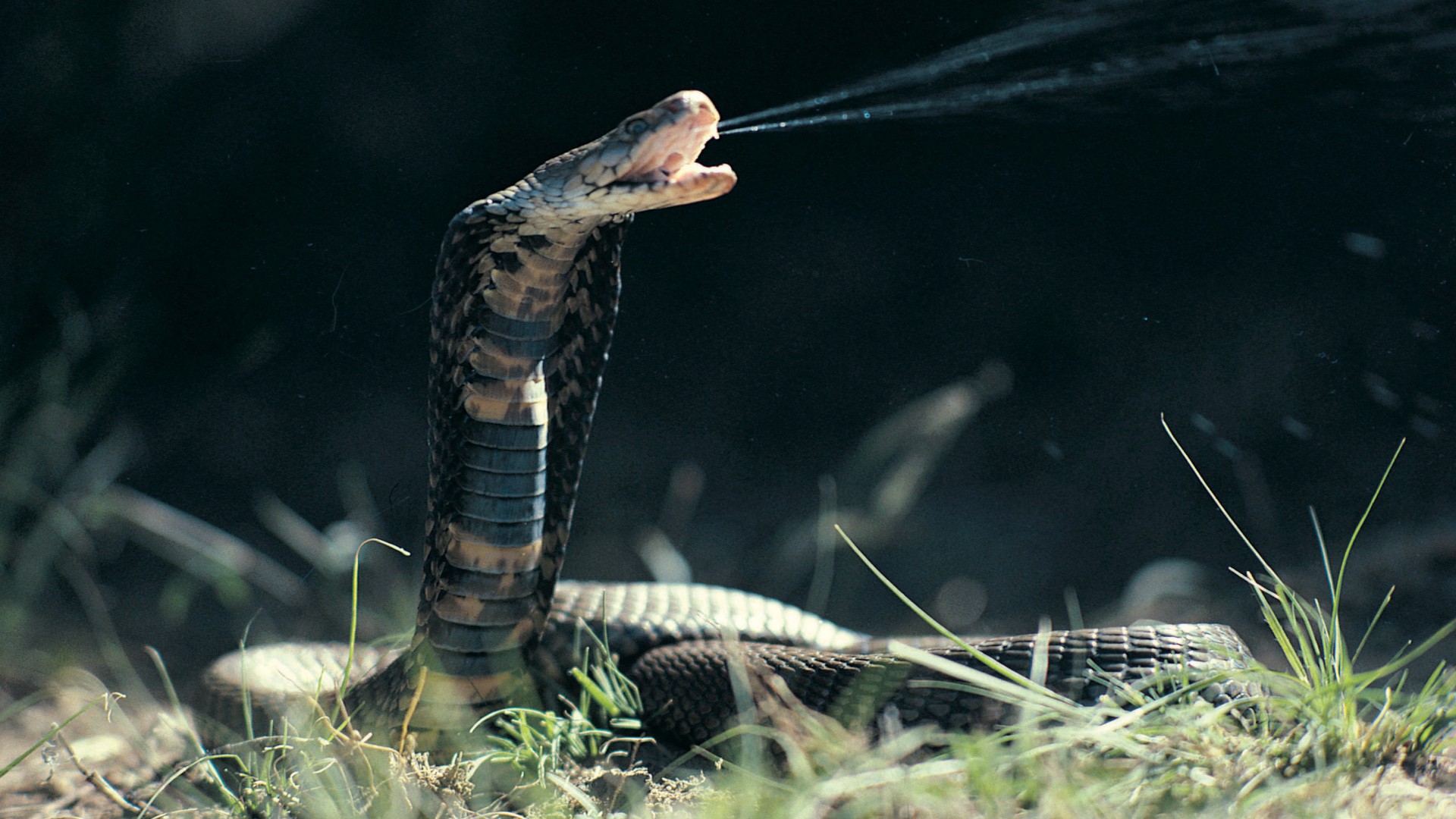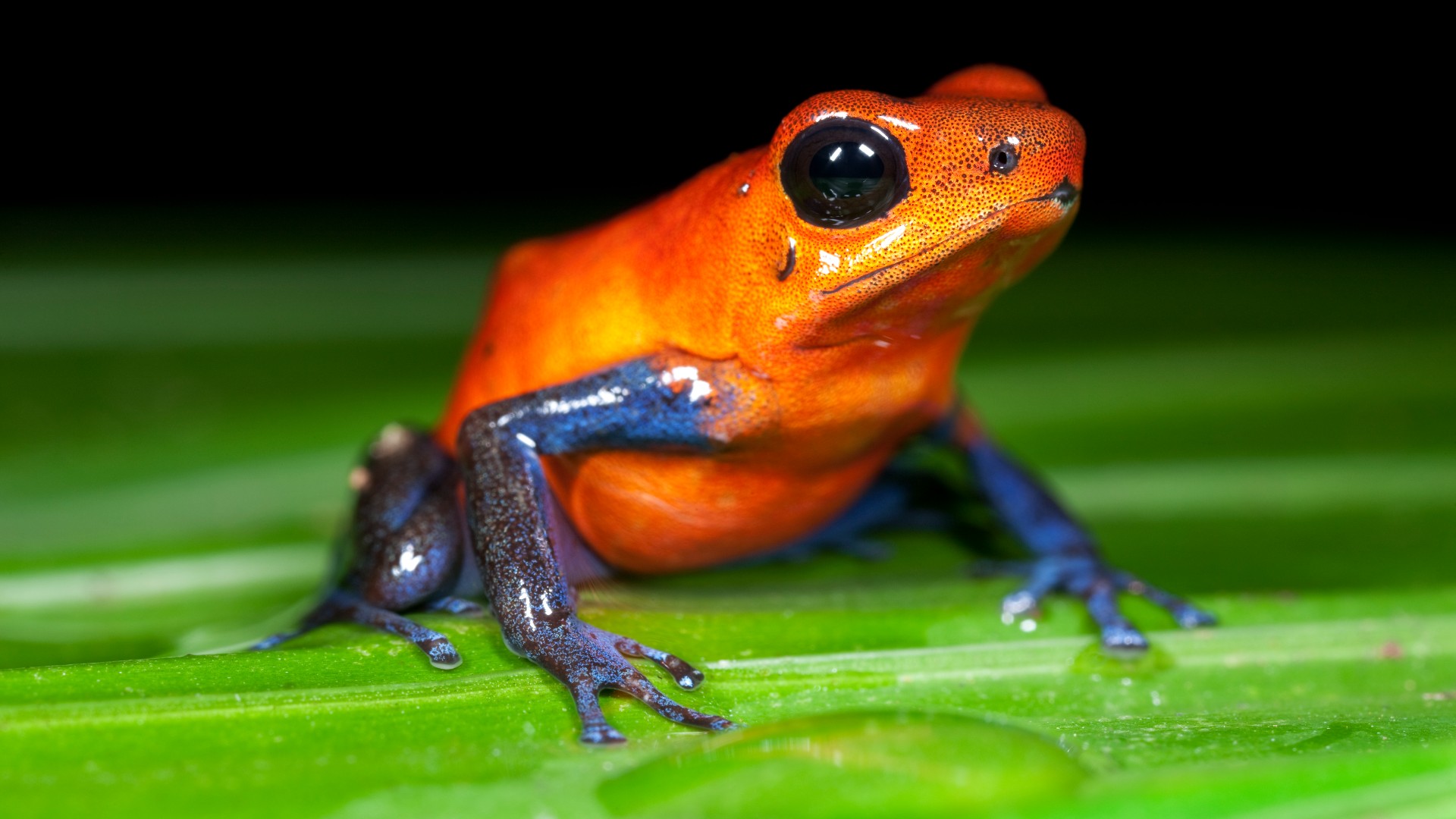
What's the difference between poison and venom?
Poisonous and venomous animals can kill, but their toxins are delivered different ways.

We all know to be wary of toxic encounters with the natural world, whether it's watching out for venomous snakes or not eating poisonous berries. But while both of those threats involve toxins, we call the berries "poisonous" and the snakes "venomous."
The terms "venom" and "poison" are not interchangeable. So what is the difference between poison and venom? The distinction is more about style than substance.
Put simply, venom is injected directly by an animal, whereas poison is delivered passively, such as by being touched or ingested.
"If you bite it and you get sick, it's poisonous. If it bites or stings you and you get sick, then it's venomous," said Jason Strickland, a biologist at the University of South Alabama who studies venom.
Related: 30 unusual poisonous animals
In a research article published in 2013 in the journal Biological Reviews, scientists proposed a third category of natural toxins: the "toxungens." Toxungens are actively sprayed or hurled toward their victim without an injection. For example, spitting cobras can spew toxins from their fangs.
But poison and venom don't always work the same way. For example, venom won't necessarily hurt someone unless it enters the bloodstream, according to the University of Florida Department of Wildlife Ecology and Conservation.
Sign up for the Live Science daily newsletter now
Get the world’s most fascinating discoveries delivered straight to your inbox.
No matter how they're delivered, these toxic chemicals are highly effective weapons in the evolutionary arms race between predator and prey. And in some cases, a single animal can employ its toxins on both offense and defense.

Spitting cobras, like the black-necked spitting cobra (Naja nigricollis) and the Philippine cobra (Naja philippinensis), spit out toxins in self-defense when confronting a threat and inject venom into their prey to hunt, making them both toxungenous and venomous creatures. Sometimes, two different methods are used for the same purpose. The fire salamander (Salamandra salamandra) defends itself with toxins on its skin and toxins squirted from its eyes, making it both toxungenous and poisonous.
Biologically, all of these toxic substances are also incredibly diverse. Venom alone has independently evolved more than 100 times, in creatures as varied as snakes, scorpions, spiders and cone snails, Strickland said. They're also pretty common — by at least one estimate, around 15% of all animal species on Earth are venomous.
And many of these natural toxins are made up of compounds that work in different ways. For example, the neurotoxins (like those found in mamba snake venom) assault the nervous system, while the hemotoxins (like those found in copperhead snake venom) wage war on an animal's blood.
Some Mojave rattlesnake (Crotalus scutulatus) venom actually has both neurotoxins and hemotoxins, making these venomous animals potentially "a very unpleasant species to get bitten by," Strickland said.
These different attack modes can reflect how the toxin is used. For example, venomous ants often use their venom as a defense mechanism, so it causes immediate pain to banish intruders. Snake venom, by contrast, incapacitates its victim so the snake can feed, Strickland pointed out.

Meanwhile, some poisonous animals can cause immediate death if ingested, such as poison dart frogs in the genus Phyllobates. These creatures use batrachotoxin, which impairs electrical signaling in the body, effectively stopping cardiac and neuronal activity. Any predator that eats them won't live to eat another poison frog.
Yet some nontoxic creatures have managed to keep pace with their toxic adversaries. Opossums seem to have developed resistance to snake venoms, and grasshopper mice actually appear to get a pain-relieving effect from the stings of bark scorpions.
If the distinctions between poisons, venoms and toxungens seem a little arbitrary, it's because they sort of are; in some languages, there is only one word for both "venom" and "poison." In Spanish, for example, both are translated as "veneno," and in German, both are translated as "Gift."

Ethan Freedman is a science and nature journalist based in New York City, reporting on climate, ecology, the future and the built environment. He went to Tufts University, where he majored in biology and environmental studies, and has a master's degree in science journalism from New York University.









